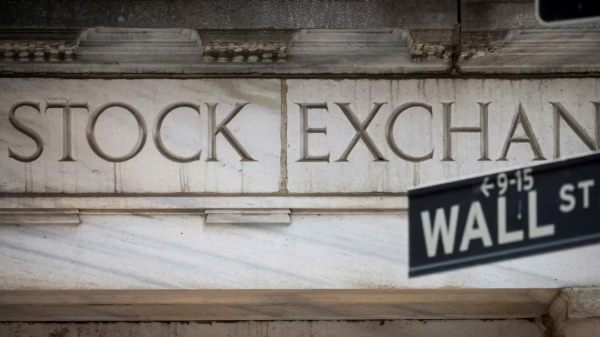Over the past few years, there has been a significant surge in sustainable investment and green finance. As the world becomes more aware of the urgent need to address climate change and other environmental issues, investors are increasingly looking for ways to align their portfolios with their values. This shift towards sustainable investment is not only driven by ethical considerations, but also by the growing recognition that sustainable companies tend to be more resilient and better positioned for long-term success.
The Rise of Sustainable Investment
Sustainable investment, also known as socially responsible investment (SRI) or environmental, social, and governance (ESG) investing, is the practice of investing in companies that demonstrate strong environmental, social, and governance practices. This can include companies that are focused on renewable energy, clean technology, sustainable agriculture, and other environmentally friendly sectors.
One of the main drivers behind the rise of sustainable investment is the increasing demand from individual investors. Millennials, in particular, are more likely to prioritize environmental and social issues when making investment decisions. According to a survey by Morgan Stanley, 85% of millennials are interested in sustainable investing, and they are twice as likely as the overall investor population to invest in companies or funds that target specific social or environmental outcomes.
Another factor contributing to the surge in sustainable investment is the growing recognition that companies with strong ESG practices tend to outperform their peers in the long run. Numerous studies have shown that companies with good sustainability performance are more likely to have higher profitability, lower risk, and better stock price performance. This has led many institutional investors, such as pension funds and endowments, to incorporate ESG factors into their investment strategies.
The Role of Green Finance
Green finance refers to financial products and services that support sustainable development and the transition to a low-carbon economy. It encompasses a wide range of activities, including green bonds, green loans, and green investment funds. Green finance not only provides capital for sustainable projects, but also helps to mainstream sustainable practices in the financial sector.
One of the key drivers of green finance is the increasing recognition of the financial risks associated with climate change. As extreme weather events become more frequent and severe, businesses and governments are realizing the need to invest in climate resilience. Green finance plays a crucial role in mobilizing the necessary capital to support these investments.
Green bonds, in particular, have gained significant traction in recent years. These are bonds where the proceeds are used to finance environmentally friendly projects, such as renewable energy infrastructure or energy-efficient buildings. According to the Climate Bonds Initiative, the global green bond market reached a record $258 billion in 2019, up from just $3 billion in 2012.
The Benefits of Sustainable Investment and Green Finance
There are several benefits to sustainable investment and green finance. First and foremost, they contribute to the transition to a more sustainable and low-carbon economy. By directing capital towards companies and projects that have a positive environmental and social impact, investors can help drive positive change.
Secondly, sustainable investment and green finance can offer attractive financial returns. As mentioned earlier, companies with strong sustainability performance have been shown to outperform their peers in the long run. This means that investors can achieve both their financial goals and their sustainability objectives.
Furthermore, sustainable investment and green finance can help manage risk. By considering ESG factors in investment decisions, investors can identify companies that are better prepared for future challenges, such as climate change regulations or shifts in consumer preferences.
The Future of Sustainable Investment and Green Finance
The surge in sustainable investment and green finance is likely to continue in the coming years. As the global community intensifies its efforts to combat climate change and achieve the Sustainable Development Goals, the demand for sustainable investment products and services will only grow.
Regulators and policymakers are also playing a crucial role in driving the transition to a more sustainable financial system. Many countries have introduced regulations and incentives to promote sustainable investment and green finance. For example, the European Union has developed a taxonomy to define what economic activities can be considered environmentally sustainable, and it plans to introduce a green bond standard.
In conclusion, the surge in sustainable investment and green finance is a positive development that reflects the growing recognition of the need to address environmental and social challenges. By investing in companies and projects that have a positive impact, investors can contribute to a more sustainable future while also achieving their financial goals.




































